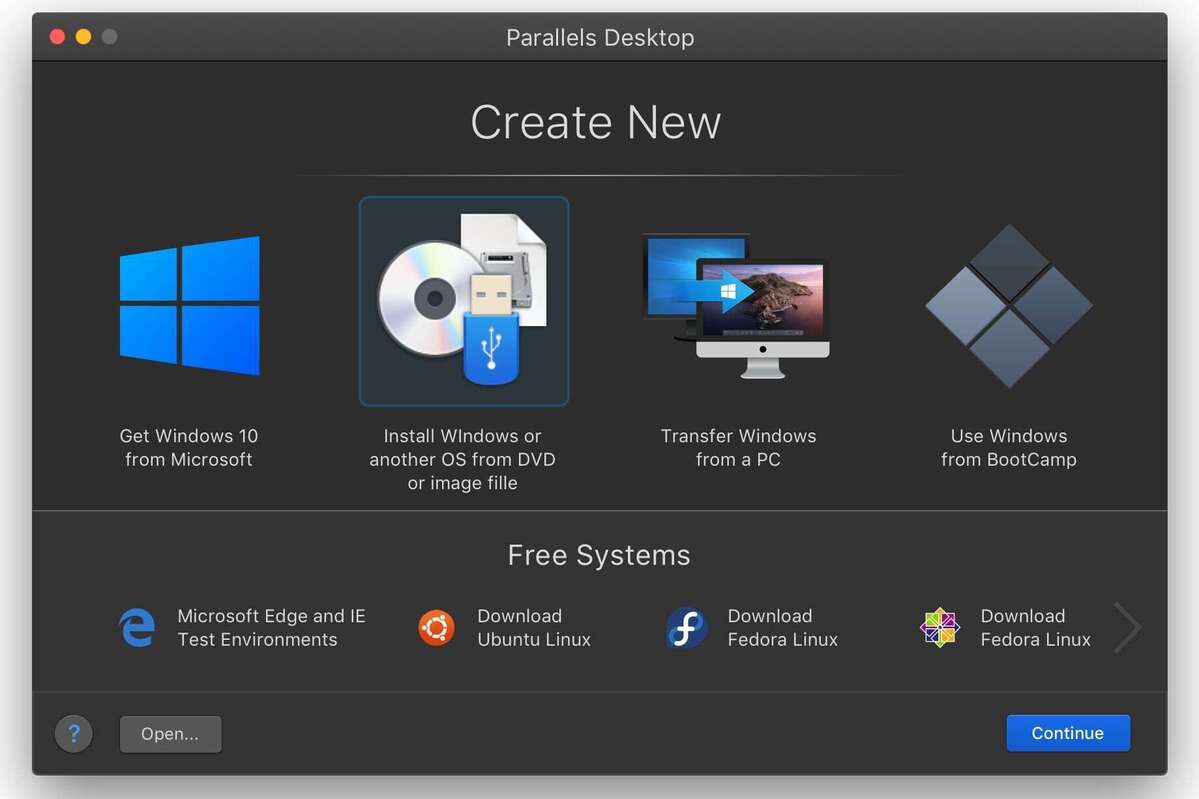Parallels Desktop® for Mac is the fastest, easiest, and most powerful application for running Windows® on a Mac®—without rebooting. Brought to you by the world-class developers of the #1-rated Mac virtualization software. Note: It is not recommended that existing Parallels Desktop® for Mac users move to Parallels Desktop App Store Edition.
Windows on Mac Q&A - Updated March 22, 2010
Parallels Desktop Alternatives for Mac. There are many alternatives to Parallels Desktop for Mac if you are looking to replace it. The most popular Mac alternative is VirtualBox, which is both free and Open Source. If that doesn't suit you, our users have ranked more than 25 alternatives to Parallels Desktop and 15 are available for Mac so. The 16.1.3 version of Parallels Desktop for Mac is available as a free download on our software library. You can run this program on Mac OS X 10.7.0 or later. The file size of the latest setup package available is 205.9 MB. The regular Mac OS X configuration can be modified and a new window access icon is introduced for any VM. Parallels have a new button, which enables you to transform a video in a coherence model, thus hiding the Windows desktop, alongside the existing buttons which close and minimize windows. Windows for Mac Download – Parallels Desktop 16 Free Trial Parallels Run Windows on Your Mac—Without Rebooting Download a full-featured free 14-day trial of Parallels Desktop 16 for Mac. Get Started Within Minutes.
To be notified of new Q&As, sign up for EveryMac.com's bimonthly email list.
If you find this page useful, please Bookmark & Share it. Thank you.
Is there a free alternative to Parallels Desktop for Mac and VMWare Fusion?
Both Parallels Desktop for Mac and VMWare Fusion are available for download with a free trial and are reasonably priced. However, Innotek released a free open source 'virtualization' program called VirtualBox that makes it possible to run Windows and other operating systems 'inside' or 'alongside' MacOS X in much the same way as Desktop for Mac and Fusion.
On February 12, 2008, Sun Microsystems purchased Innotek to 'strengthen Sun's leadership in the virtualization market' and this acquistion has greatly increased awareness of VirtualBox.
Sun describes the program as 'the world's most popular open source virtualization platform because of its fast performance, ease of use, rich functionality, and modular design.' No doubt the fact that it's free has something to do with it as well. Please note that although VirtualBox is free, the license needed to run a version of Windows is not.
Photo Credit: Sun Microsystems
In general, VirtualBox is not quite as full featured as the commercial alternatives, but it still has numerous features including 'seamless windows', shared folders, a shared clipboard, and more. It may meet your needs quite well.
Download Parallels Mac Os X Free
Download VirtualBox for yourself and see. MakeUseOf.com has provided a great walk-through covering installation and configuration of the program that you may find to be useful and ArsTechnica offers an in-depth 'quick look' as well.

If VirtualBox does not meet your needs, site sponsor Other World Computing sells the latest versions of Parallels Desktop for Mac and VMWare Fusion.
Permalink | E-mail a Friend | Bookmark & Share | Report an Error/Typo
Mac Os Parallels Free Download
Suggest a New Q&A | Sign Up for Bimonthly Site Update Notices
<< Windows on Mac Q&A (Main)
EveryMac.com is provided 'as is' without warranty of any kind whatsoever. EveryMac.com, and the author thereof, shall not be held responsible or liable, under any circumstances, for any damages resulting from the use or inability to use the information within. For complete disclaimer and copyright information please read and understand the Terms of Use and the Privacy Policy before using EveryMac.com. Use of any content or images without expressed permission is not allowed, although links to any page are welcomed and appreciated.
A simplified solution is to simply hit Command-H, which is the Hide command that we are already familiar with. Not only will the PC window disappear, but you automatically get the Mac mouse back. On return to the PC window, the PC cursor is automatically there waiting for you.
[robg adds: This trick is handy if you're running non-Windows virtual machines with Parallels. But if you're running a version of Windows in Parallels, make sure you install the Parallels Tools, as you then won't need this solution.
After logging into Windows, 'free' the mouse and select VM: Install Parallels Tools from the menu. This will launch a Windows installer (on Win2K, I had to manually open the CD image and launch it) that adds some key functionality to the virtual PC. The two biggest improvements are screen resolution and the mouse. The mouse in will now work seamlessly between OS X and the PC window, no keyboard use required. Move the cursor outside the PC window, and OS X owns it. When it's over the PC window, it belongs to the PC. Also, all the 'jerkiness' in mouse movement disappears.]
